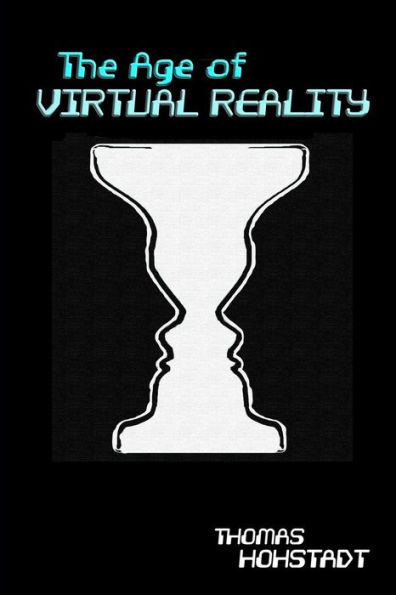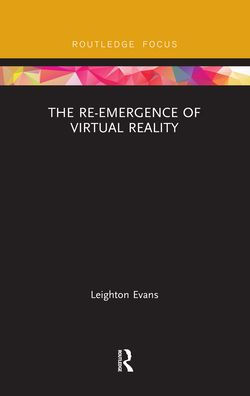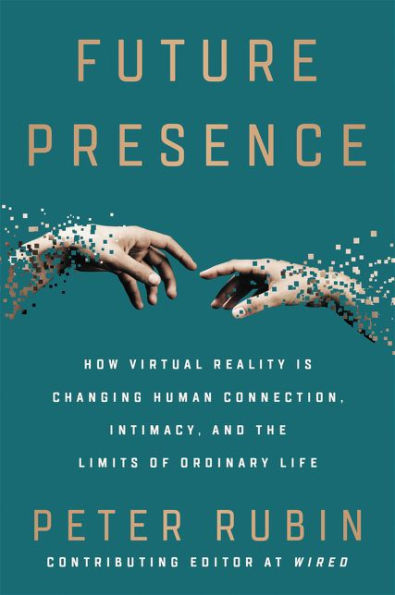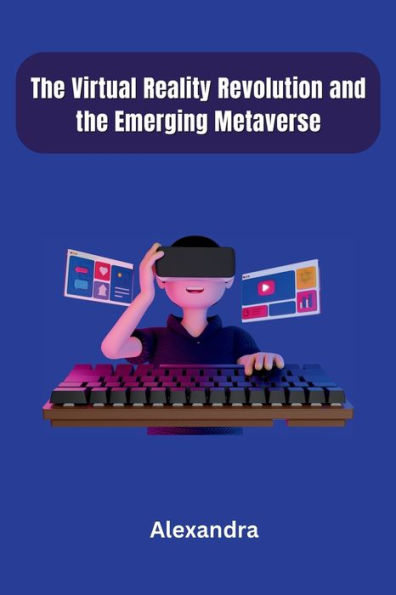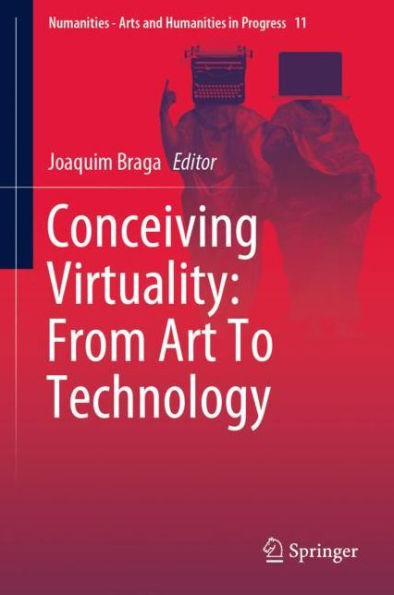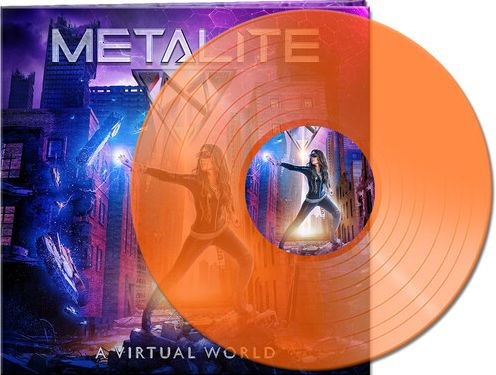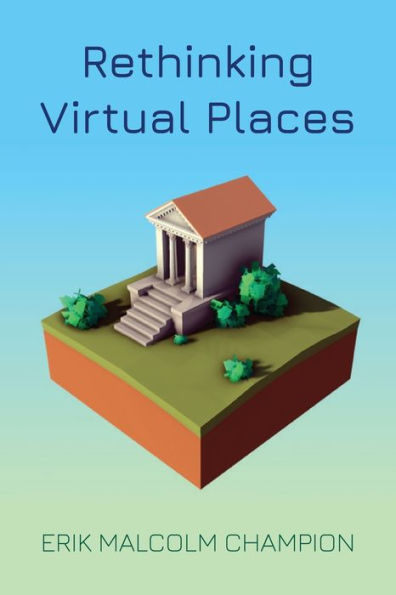Home
Multiplying Worlds: Romanticism, Modernity, and the Emergence of Virtual Reality
Loading Inventory...
Barnes and Noble
Multiplying Worlds: Romanticism, Modernity, and the Emergence of Virtual Reality
Current price: $170.00
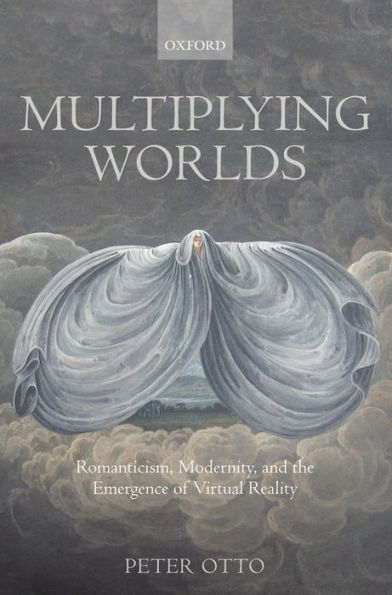

Barnes and Noble
Multiplying Worlds: Romanticism, Modernity, and the Emergence of Virtual Reality
Current price: $170.00
Loading Inventory...
Size: OS
*Product Information may vary - to confirm product availability, pricing, and additional information please contact Barnes and Noble
argues that modern forms of virtual reality first appear in the urban/commercial milieu of London in the late eighteenth- and early nineteenth-century (1780-1830). It develops a revisionary account of relations between romanticism and popular entertainments, 'high' and 'low' literature, and verbal and visual virtual realities during this period. The argument is divided into three parts. The first, 'From the Actual to the Virtual', focuses on developments during the period from 1780 to 1795, as represented by Robert Barker's Panorama, Jeremy Bentham's Panopticon, and James Graham's Temple of Health and Hymen. The second part, 'From Representation to Poiesis', extends the study of late eighteenth- and early nineteenth-century virtual realities to include textual media. It considers the relation between textual and visual virtual-realities, while also introducing the Palace of Pandemonium and Satan/Prometheus as key figures in late eighteenth-century explorations of the implications of virtual reality. There are chapters on Ann Radcliffe's
, Beckford's Fonthill Abbey, the Phantasmagoria, and Romantic representations of Satan. The book's third part, 'Actuvirtuality and Virtuactuality', provides an introduction to the Romantics' remarkably diverse (and to this point rarely studied) engagements with the virtual. It focuses on attempts to describe or indirectly present the cultural, material, or psychological apparatuses that project the perceptual world; reflections on the epistemological, ethical and political paradoxes that arise in a world of actuvirtuality and virtuactuality; and experiments in the construction of virtual worlds that, like those of Shakespeare (according to Coleridge) are not bound by 'the iron compulsion of [everyday] space and time'.
